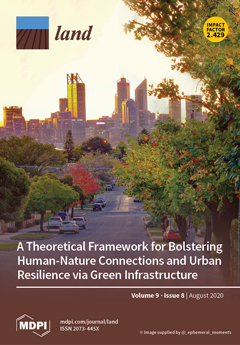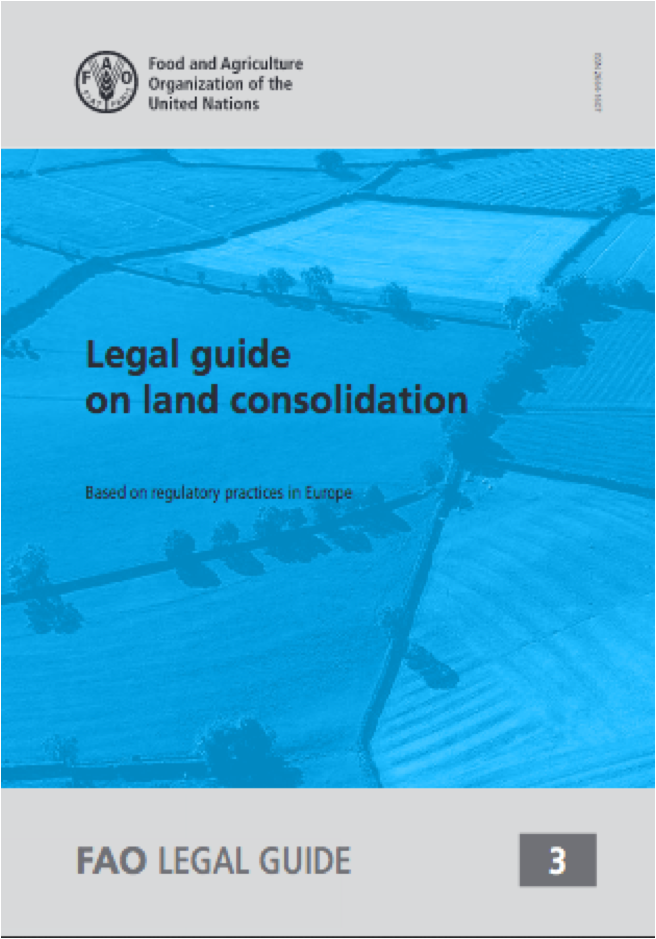Agricultural intensification is considered essential for meeting growing demand for food and biomass for energy purposes. Intensifying grasslands is under-represented, although it is a promising option given their large land area and relatively low management levels. This study quantifies the…
There are many new land use and land cover (LULC) products emerging yet there is still a lack of in situ data for training, validation, and change detection purposes. The LUCAS (Land Use Cover Area frame Sample) survey is one of the few authoritative in situ field campaigns, which takes place…
The Huerta is recognised as one of the 13 specific agricultural landscapes in Europe, present in only three Mediterranean countries, namely Spain, Italy, and Greece. In the case of Spain, three areas fall within the established Huerta agricultural classification: the Huertas de Valencia, Murcia…
The functional diversification of coastal fishing communities has been a central objective of the Common Fisheries Policy (CFP) since the early stages of its implementation. A large part of the initiatives financed throughout Europe have been linked to the creation of synergies between the…
Although the way in which vegetation phenology mediates the feedback of vegetation to climate systems is now well understood, the magnitude of these changes is still unknown. A thorough understanding of how the recent shift in phenology may impact on, for example, land surface temperature (LST)…
Soybean is an important natural source of isoflavones, but their concentration is likely to be influenced by external factors, such as climatic conditions and soil tillage systems. However, there is minimal information about the effects of such external factors on the isoflavone concentration in…
The present study analyzes population redistribution across metropolitan regions considering together changes over time in the spatial distribution of resident and present population from census data. Considering population dynamics in Athens, Greece, between 1991 and 2011, the results of this…
The creation of Transboundary Biosphere Reserves (TBRs) is one of the most outstanding contributions of the United Nations Educational, Scientific, and Cultural Organization (UNESCO) Man and Biosphere Programme (MAB). Recent revisions have shown that there is a gap between its biodiversity…
Rural Europe today cannot be understood without considering the impact of the EU’s Liaisons Entre Actions de Developpement de l’Economie Rurale (LEADER) rural development programme. Although in general it has had a positive impact, research has also revealed spatial and social disparities in the…
The importance of studying coastal areas is justified by their resources, ecosystem services, and key role played in socio-economic development. Coastal landscapes are subject to increasing demands and pressures, requiring in-depth analyses for finding appropriate tools or policies for a…
The idea behind the Infrastructure for Spatial Information in Europe (INSPIRE) project was to provide EU citizens with access to various types of information, including environmental protection and spatial management data. These resources can be viewed (Web Map Service—WMS) and downloaded (Web…
Land consolidation is a highly effective land management instrument that allows for the improvement of the structure of agricultural holdings and farms in a country, which increases their economic and social efficiency and brings benefits both to right holders as well as to society in general.…





